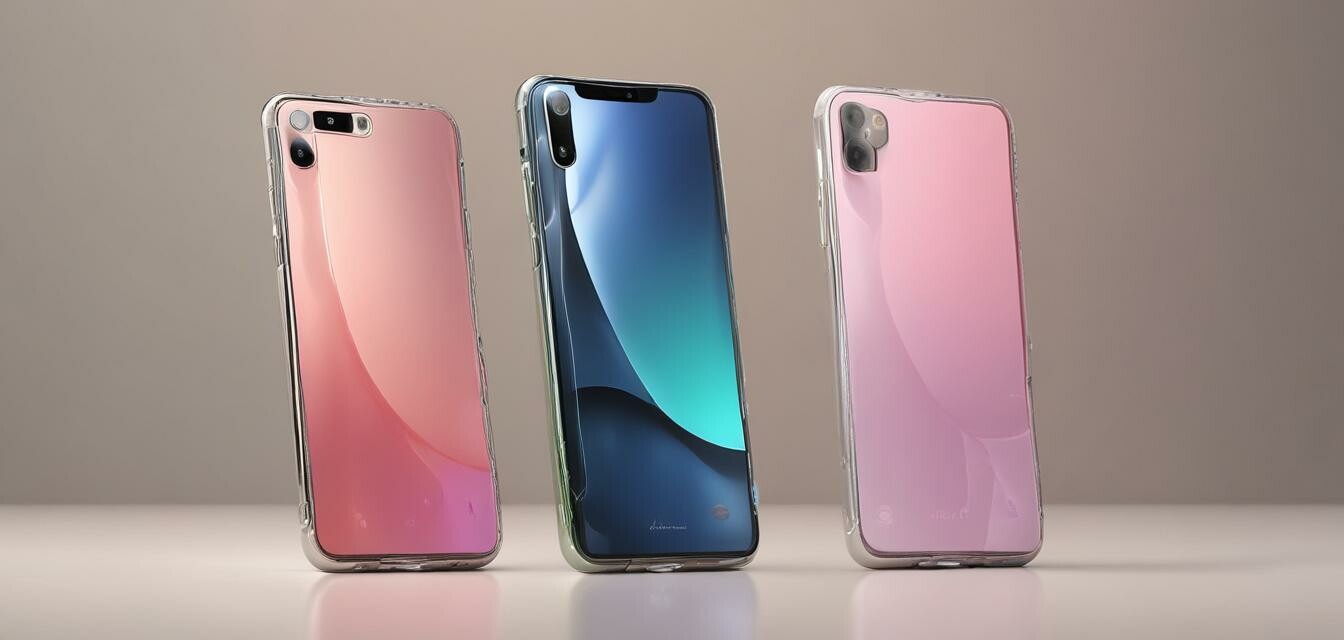
Feature Showdown: Apple vs. Android Luxury Phones
Key Takeaways
- Both Apple and Android luxury phones provide outstanding features.
- Customer satisfaction varies based on user preferences and brand loyalty.
- Pricing can differ significantly, affecting the choice for luxury buyers.
- Understanding the unique features of each platform helps in making an informed decision.
Choosing between Apple and Android luxury phones can be a challenge, especially given the premium features and sleek designs both platforms have to offer. In this article, we'll compare the latest offerings from both worlds as of 2025, focusing on features, pricing, and customer satisfaction. Whether you're an ardent iPhone fan or an Android enthusiast, this guide will help you navigate the options available.
Comparative Features Table
| Feature | Apple Luxury Phones | Android Luxury Phones |
|---|---|---|
| Design | Elegant and minimalistic with sturdy build quality | Sleek designs with a variety of finishes and materials |
| Camera Quality | Exceptional low-light performance and advanced computational photography | Versatile camera setups with high megapixel counts and customizable settings |
| Battery Life | Usually optimized for all-day usage | Offers a range of battery capacities for extended use |
| Operating System | iOS with consistent updates and security features | Android with a choice of GUIs and customizability |
| Pricing | Premium pricing with a focus on brand value | Varied pricing from budget to high-end models |
Customer Satisfaction
Customer satisfaction often drives brand loyalty. In the luxury mobile phone space, both Apple and Android have their passionate followers. Apple users frequently cite the cohesive ecosystem and seamless integration with other Apple devices as key reasons for their brand loyalty. On the other hand, Android users appreciate the flexibility and variety of devices available, allowing them to choose something that fits their unique lifestyle.
Apple User Satisfaction
Apple users commonly express satisfaction in terms of:
- Quality of construction
- Regular software updates
- Excellent customer service and support
Android User Satisfaction
Android users often highlight:
- Wide range of device choices
- Customizability of the operating system
- Value for money across various brands
Pricing Insights
Pricing can significantly influence the decision for consumers looking into luxury mobile phones. Here's a quick breakdown:
- Apple luxury phones typically come with a premium price tag due to their brand reputation and minimalistic designs.
- Android luxury phones range significantly in price, providing options from various brands at multiple price points to accommodate different budgets.
Conclusion
When it comes down to it, the battle between Apple and Android luxury phones is not just about hardware specifications; it's about individual preferences. If you're an established Apple user, you may find yourself leaning towards their luxury offerings. Conversely, Android enthusiasts may prefer the variety and flexibility their platform provides. Ultimately, choosing between the two boils down to your unique needs and lifestyle. For more insights, check out our resources on latest trends and buying guides to help you make an informed decision.
Pros
- Apple devices have a cohesive ecosystem for seamless use.
- Android phones offer flexibility and a wide range of options.
- Both platforms provide high-quality camera capabilities, appealing to photography enthusiasts.
Cons
- Apple's pricing can be prohibitive for some customers.
- The Android ecosystem can sometimes lead to fragmentation in support and updates.
